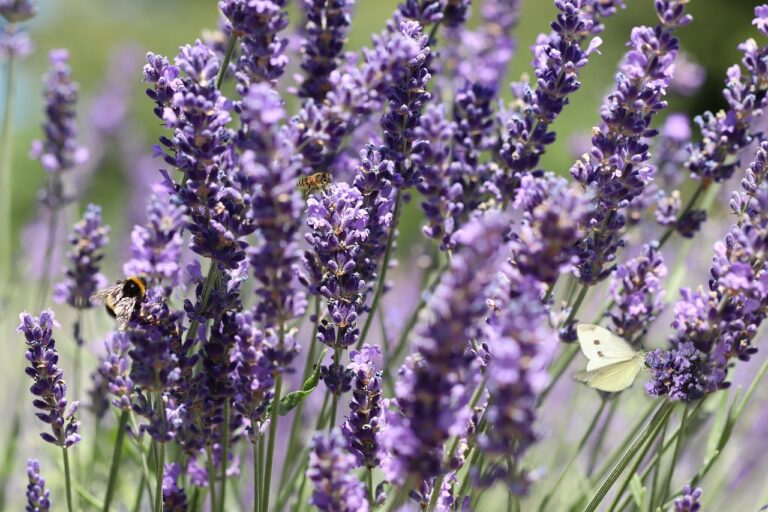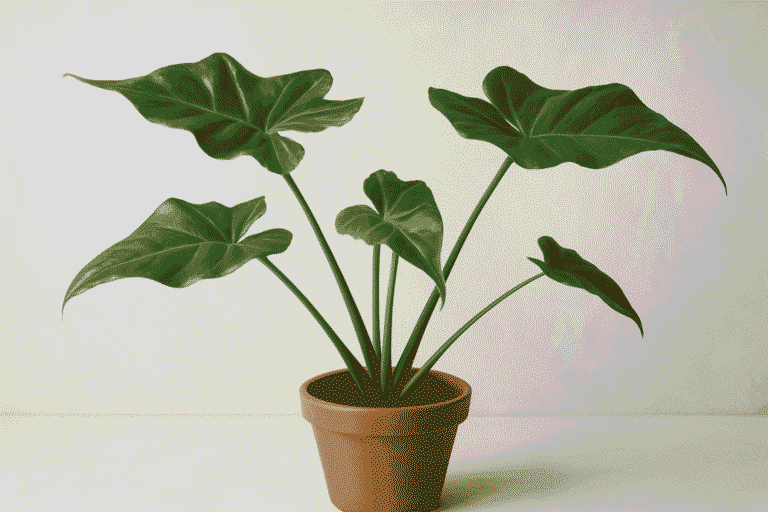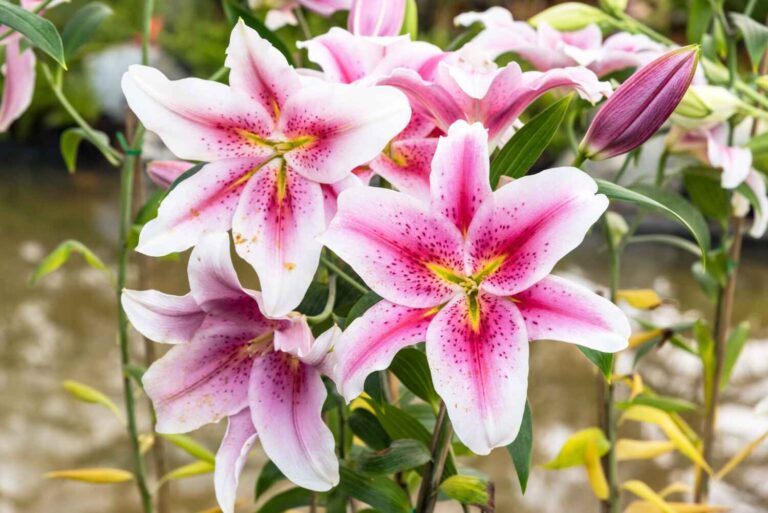how to make aloe vera juice?
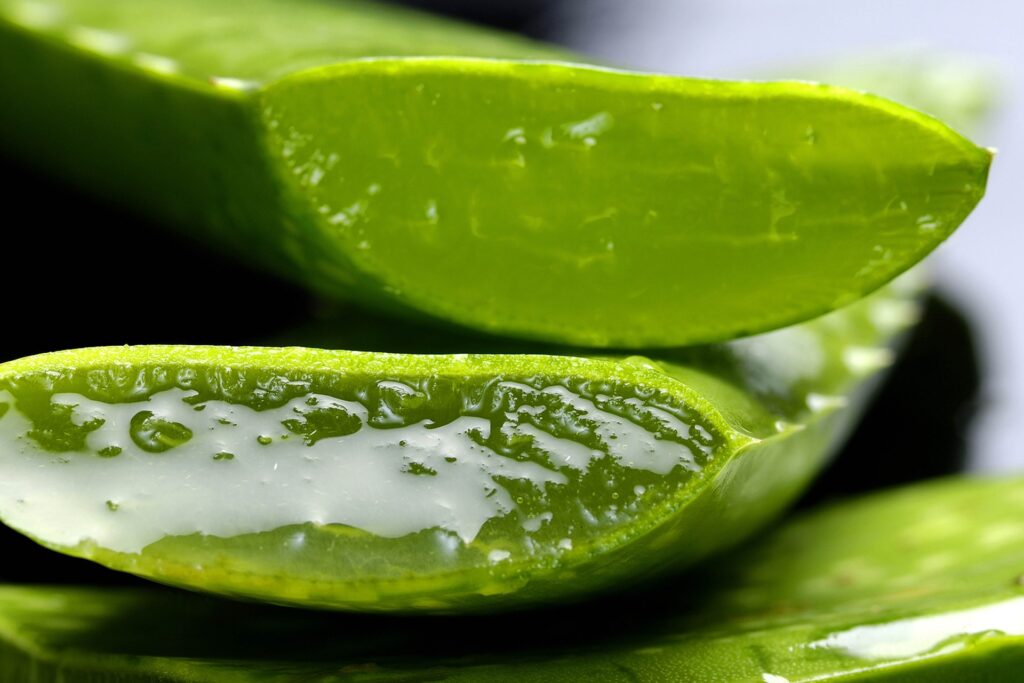
How to make aloe vera juice – Aloe vera juice is a refreshing, nutritious drink full of health benefits. It is extracted from the gel inside the leaves of the aloe vera plant, which has been found to have soothing, hydrating, and detoxifying properties. Packed with vitamins, minerals, and antioxidants, aloe vera juice supports digestion, boosts immunity, and promotes general well-being.
If you’ve ever wondered how to make aloe vera juice at home, you’re in the right place. The process is surprisingly simple, requiring only a fresh aloe vera leaf, some water, and a blender. Making it at home ensures that your juice is free of artificial additives and preservatives. Plus, it’s a budget-friendly alternative to store-bought options.
This guide will take you through the steps of safely extracting aloe vera gel, blending it into a smooth juice, and even customizing it with other healthy ingredients for added flavor. Whether you are new to aloe vera or looking for ways to incorporate it into your wellness routine, making your own aloe vera juice is an excellent choice.
Well, let’s dive into making this refreshing drink and go through the benefits of staying healthy.
how to replant aloe vera plant?
The aloe vera plant is not only a beautiful addition to your home or garden but also a useful one, thanks to its many health and skincare benefits, we can consume aloe vera juice for several health benefits. Over time, your aloe vera may outgrow its pot or produce baby plants, known as pups, that need replanting to thrive. Knowing how to replant your aloe vera plant properly ensures healthy growth and a longer life for this hardy, low-maintenance succulent.
Replanting an aloe vera plant might sound intimidating, but it’s easier than you think. Whether your plant has become root-bound, is top-heavy, or simply needs a fresh start, this process can give it the space and nutrients it needs to flourish. Replanting is also a great opportunity to propagate pups, allowing you to grow more plants from the original.
In this guide, we’ll walk you through the simple steps to replant your aloe vera plant, from choosing the right pot and soil to properly removing and replanting the roots. Whether you’re a seasoned gardener or a beginner, replanting your aloe vera is a quick and rewarding task that keeps this versatile plant looking and growing its best.
how to root aloe vera cuttings?
Propagating aloe vera cuttings is an easy and rewarding way to grow new aloe plants. Whether you’re looking to expand your collection or share with friends, rooting aloe vera cuttings is an excellent method to bring more of this versatile, low-maintenance plant into your life. Known for its healing and soothing properties, the aloe vera plant thrives when properly propagated and cared for.
While aloe vera most often is propagated from offsets (pups), it can also be rooted from cuttings. Rooting cuttings requires cutting healthy leaves, allowing them to dry and callous, then planting them in well-draining soil. With an appropriate environment and a small amount of patience, aloe vera cuttings are likely to develop roots, grow into healthy plants.
This guide will take you through the whole process from selecting the best leaves for propagation to proper care once your cuttings are taken. Be it a passionate gardener or a novice plant grower, learning to root aloe vera cuttings is a valuable skill. Let’s dive into the simple steps to propagate this resilient plant and enjoy the benefits of having more aloe vera in your home or garden!
how to propagate aloe vera?
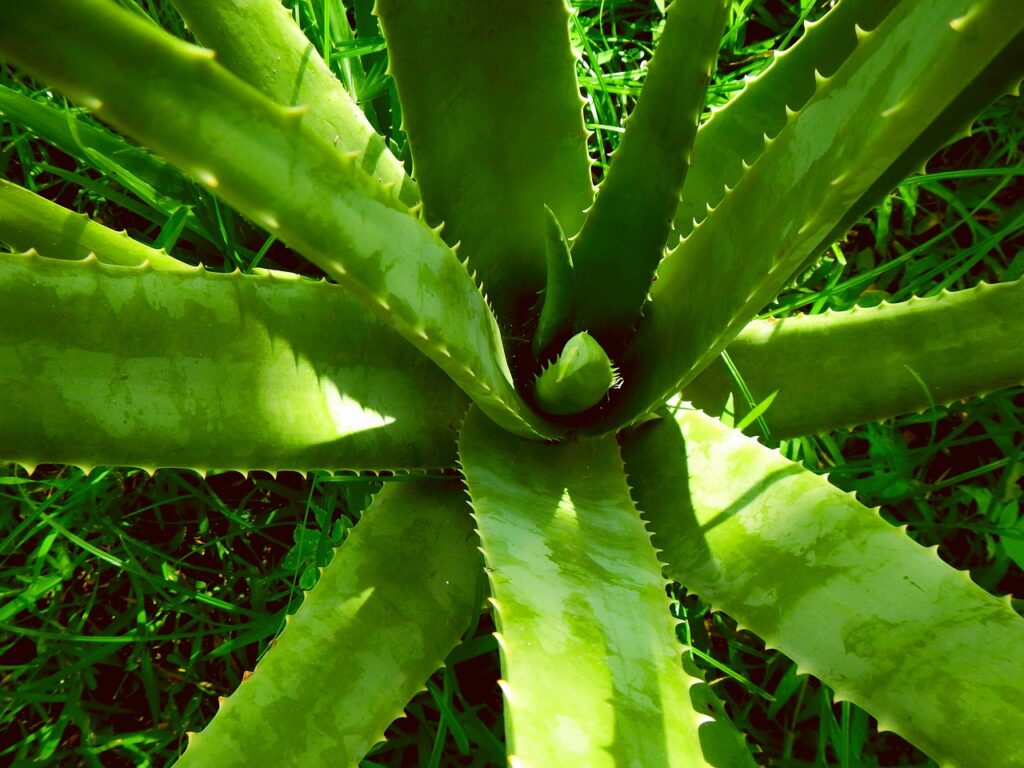
Learning how to propagate aloe vera is an easy and rewarding way to grow new plants from an existing one. Aloe vera is a hardy and versatile plant known for its soothing properties and minimal care needs, making it a favorite for home gardeners. Propagation not only helps you expand your plant collection but also allows you to share this amazing plant with friends and family.
This guide will walk you through the step-by-step process of propagating aloe vera, from identifying healthy pups to planting and nurturing Learning how to propagate aloe vera is an easy and rewarding way to grow new plants from an existing one. Aloe vera is a hardy and versatile plant known for its soothing properties and minimal care needs, making it a favorite for home gardeners. Propagation not only helps you expand your plant collection but also allows you to share this amazing plant with friends and family.
Whether you’re new to gardening or an experienced plant enthusiast, propagating aloe vera is a straightforward and enjoyable process that will leave you with thriving plants to brighten your home or garden. These will give you a good quality aloe vera juice.
how often to water aloe vera?
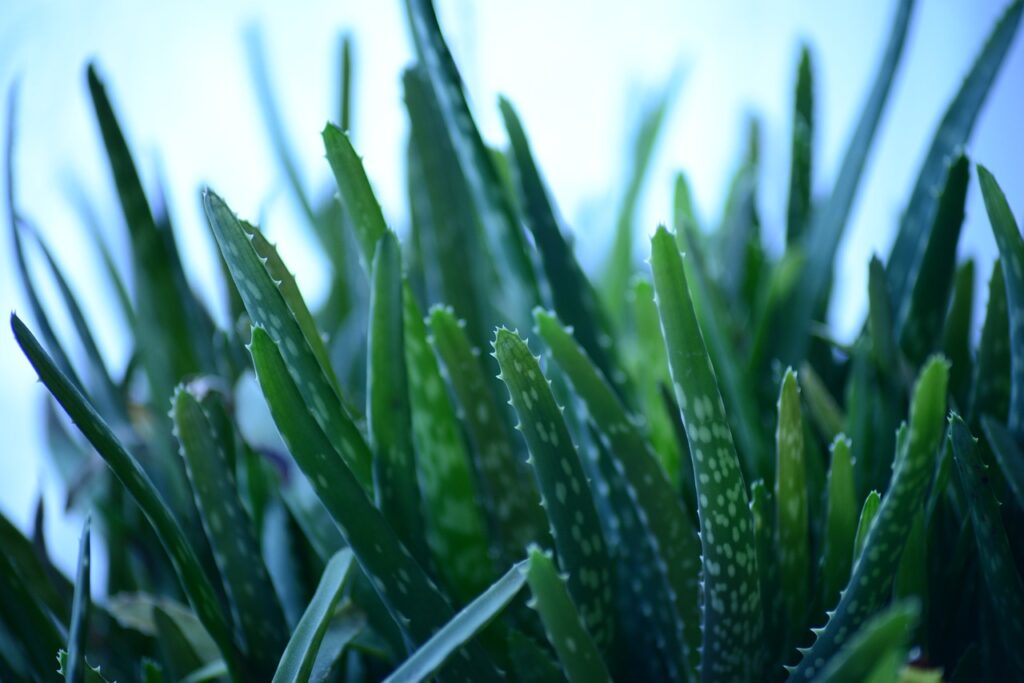
Knowing how to properly water aloe vera is essential to keeping this hardy and beneficial plant thriving. As a succulent, aloe vera is well-suited to dry conditions and can store water in its thick, fleshy leaves. However, overwatering or underwatering can lead to problems like root rot or stunted growth. Understanding the right watering routine will ensure your aloe vera stays healthy and vibrant.
The frequency of watering your aloe vera depends on several factors, including the season, climate, pot size, and soil type. During its active growing season in spring and summer, the plant may need more frequent watering compared to the dormant months of fall and winter. The key is to allow the soil to dry out completely between waterings, as aloe vera prefers drier conditions.
This guide will help you understand when and how to water aloe vera, including tips for checking soil moisture and creating the perfect environment for your plant. Whether you’re a beginner or an experienced gardener, mastering this aspect of aloe care is simple and ensures your plant stays healthy and ready to provide its many benefits for years to come.
what soil is best for aloe vera plants?
Choosing the right soil for aloe vera plants is essential to ensure their healthy growth and longevity. As succulents, aloe vera plants are native to dry, arid regions and thrive in well-draining soil that mimics their natural environment. Using improper soil can lead to issues like waterlogging and root rot, which can harm your plant.
The ideal soil for aloe vera plants is a mix that drains quickly and doesn’t retain excess moisture. Cactus or succulent potting mixes are great options as they are specifically designed for plants with similar needs. You can also create your own blend by mixing regular potting soil with sand, perlite, or pumice to improve drainage.
This blog will guide you through understanding the best soil composition, how to prepare the perfect mix, and tips for repotting your aloe vera to ensure it thrives. Whether you’re a beginner or a seasoned gardener, learning about the proper soil for aloe vera plants is key to maintaining a healthy and vibrant plant. With the right soil, your aloe vera will grow strong and provide you with its many benefits for years to come!
how to repot aloe vera?
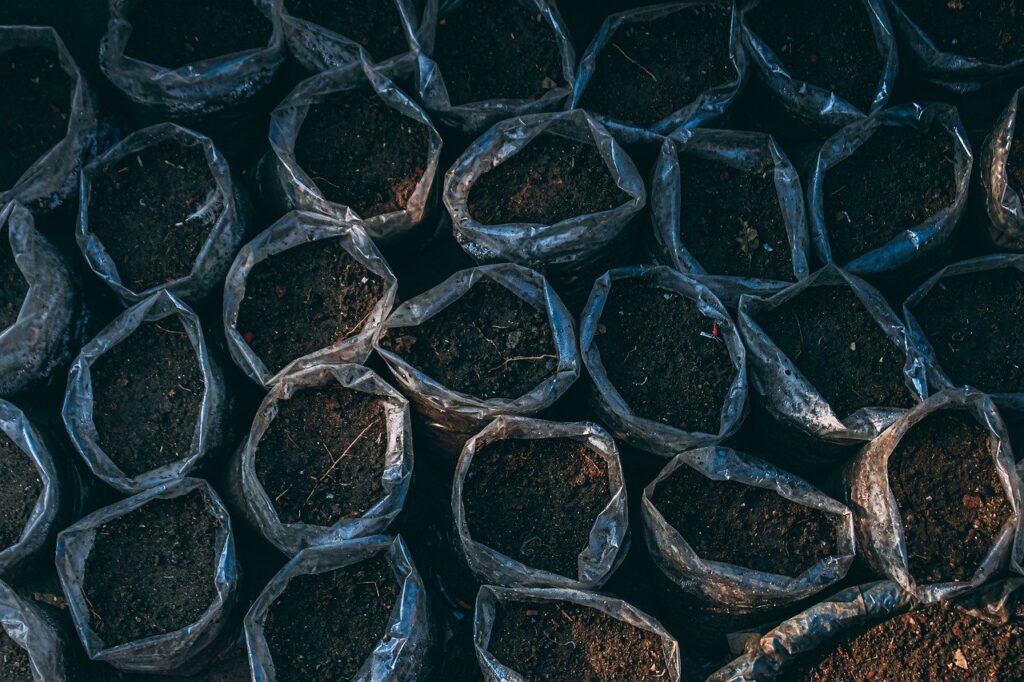
Knowing how to repot aloe vera is very important in keeping this hardy and beneficial plant healthy and thriving. With time, aloe vera plants can outgrow their pots or become root-bound, which will stunt the growth of the plant. Additionally, if your aloe vera produces offsets, repotting is the perfect opportunity to separate and replant them for new plants. This helps give your aloe vera more room to grow and refreshes the soil, allowing it to drain better and giving essential nutrients.
Repotting an aloe vera is one of the easiest steps to undertake, even for the beginner. It only requires selecting the right pot, preparing well-draining soil, and transferring the plant without damaging its roots. The most important thing is to handle the plant gently and provide proper aftercare so that it may adapt to its new environment.
This blog will walk you through each step of the process for repotting aloe vera, providing you with tips on selecting the right pot and soil mix, and ensuring you end up with successful growth. Maybe your plant has become too cramped in its pot or you are ready to propagate its pups, but in any case, this guide will make it simple and stress-free.
Does aloe vera gel expire

Aloe vera gel is widely used as a natural remedy to soothe and heal burns, skin irritations, skin problems, and even some hair problems. It is easily available in most households for treating minor burns, skin-related issues, and even minor hair problems. But has anyone ever asked, do aloe vera gels expire? Like any other natural product, they do have a shelf life, and it can decrease the effectiveness and even cause irritation if one uses expired aloe vera juice.
The shelf life of aloe vera gel is quite different depending on whether it was freshly extracted or store-bought. Freshly extracted aloe vera gel lasts up to 1–2 weeks if stored in the refrigerator, while store-bought can last months or even years if sealed and kept under proper storage. Its degradation, however, may be accelerated if left unsealed, exposed to high temperatures, or contaminated.
This blog explores how to determine if your aloe vera juice has expired, tips for extending its shelf life, and proper storage methods to maximize its benefits. Whether you are using aloe gel for daily skincare or occasional remedies, understanding its expiration will ensure you always get the best results.
Does aloe vera help get rid of eyebags?
Eyebags can make us look tired, stressed, and older than we feel. Caused by factors like lack of sleep, stress, aging, or fluid retention, many people are searching for natural remedies to reduce their appearance. One popular solution is aloe vera, a plant known for its soothing and rejuvenating properties. But does aloe vera actually help with eyebags?
Aloe vera contains vitamins, antioxidants, and hydrating compounds that can reduce puffiness, improve skin elasticity, and soothe inflammation around the eyes. Its cooling effect can also help minimize swelling and dark circles, making it a favorite in natural skincare routines. Whether you use fresh aloe vera gel or a high-quality aloe-based product, regular application can promote healthier, smoother skin under the eyes.
This blog explores how aloe vera works to reduce eyebags, tips for applying it effectively, and additional lifestyle changes to complement its benefits. If you’re looking for a gentle, natural remedy to brighten up your under-eye area and rejuvenate your appearance, aloe vera might just be the solution you need. Let’s dive in to learn how to incorporate this wonder plant into your skincare routine and say goodbye to tired-looking eyes!
Do aloe vera plants need sun?
Among houseplants, aloe vera stands out as one of the most popular due to its beauty and low-maintenance care as well as countless benefits. If you are an owner of this hardy succulent, you may wonder: do aloe vera plants need sun to thrive? The short answer is that yes, like most succulents, aloe vera relies on sunlight for growth and healthy development; however, the amount and type of sunlight it receives can affect its overall well-being.
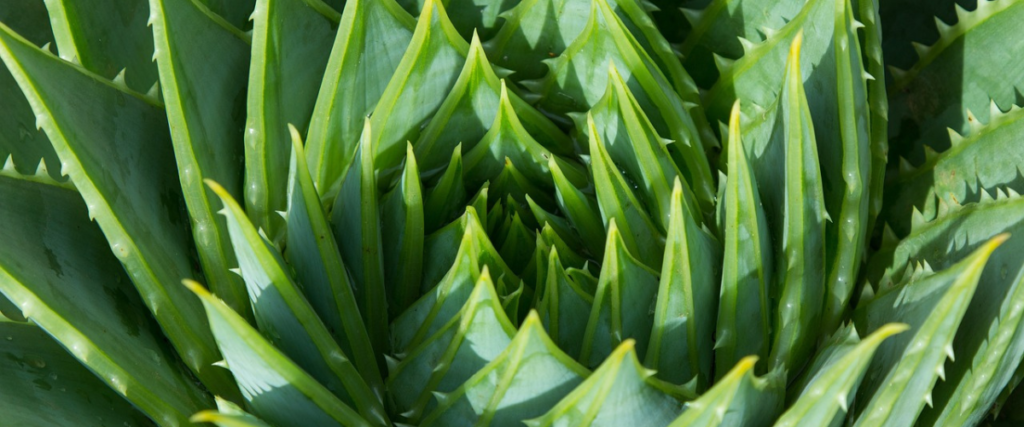
Aloe vera plants prefer bright, indirect sunlight for about 6–8 hours daily. Though they love lots of light, direct, harsh sunlight can sometimes burn their leaves, especially in hotter climates. For indoor plants, placing them near a sunny window is ideal, while outdoor plants should be placed in a spot with partial shade during peak sunlight hours.
This blog dives into the light requirements for aloe vera, how to recognize if your plant is getting too much or too little sun, and tips for creating the perfect lighting conditions. Whether you’re a beginner or an experienced gardener, understanding how much sun your aloe vera plants need is key to ensuring they thrive.
can i put aloe vera on blepharitis?
Blepharitis is a common condition that causes inflammation of the eyelids, often leading to redness, swelling, and discomfort. One natural remedy that many people turn to is aloe vera, known for its anti-inflammatory and soothing properties. But can I put aloe vera on blepharitis to relieve discomfort and promote healing?
Aloe vera contains compounds that have antibacterial, antifungal, and anti-inflammatory effects, making it a popular choice for treating various skin conditions. However, it’s important to use pure, organic aloe vera gel and apply it carefully around the affected areas to avoid any irritation.
can aloe vera help with any houseplant diseases?
Aloe vera is widely known for its health benefits for humans, but did you know it can also play a role in caring for your houseplants? If you’re an avid gardener, you might have wondered, can aloe vera help with any houseplant diseases? This versatile plant has natural properties that can help strengthen and protect plants from certain issues, making it a valuable addition to your plant care routine.
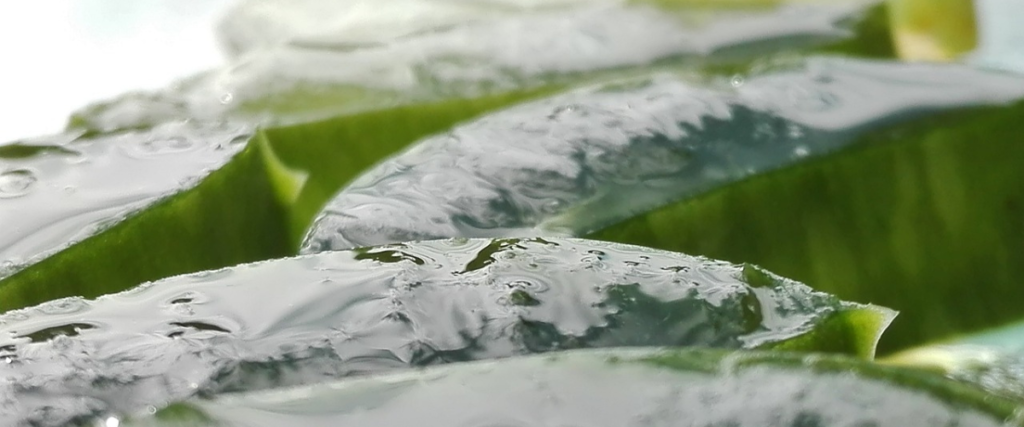
Aloe vera contains antioxidants, enzymes, and antibacterial properties that may help treat common plant diseases and pests. For example, aloe vera gel can be used as a natural remedy for fungal infections, promoting healthier plant growth and providing a protective barrier against harmful microbes. Additionally, its soothing properties can help relieve plant stress, which is often the root cause of many plant ailments.
In this blog, we will explore how aloe vera can support your houseplants’ health, from preventing diseases to improving overall plant vitality. We’ll also discuss how to apply it and when it’s most effective. If you’re looking for a natural way to care for your plants, aloe vera might be the solution you need!
Conclusion
Aloe vera is really a versatile plant, which offers you numerous benefits in terms of health and for your home. Whether it’s skincare, soothing burns, or even making the condition of your houseplants better, aloe vera is an efficient and natural remedy. Its healing properties, hydration, and provision of essential nutrients make it a part of many homes.
Aloe vera plants are easy to grow and maintain when cared for properly, thriving in sunny spots with minimal attention. From using aloe vera gel to help with skin conditions like acne and sunburns to applying it on your plants for added protection, there’s no doubt that this plant is a true multitasker.
Knowing how to properly care for and use aloe vera can maximize all the benefits that it could offer you in your personal, social, and family life. Whether you are growing your own aloe vera or only its products, it is an easy and efficient way of making your life better and your house healthier. So why not embrace the power of aloe vera today?
Frequently Asked Questions
Aloe vera promotes skin hydration, soothes irritation, and aids in wound healing. It also supports digestion, boosts immunity, and provides essential nutrients like vitamins and antioxidants.
Aloe vera is used to treat skin conditions like burns, acne, and eczema. It also helps with digestive issues, minor wounds, and inflammation.
Drinking aloe vera supports digestion, boosts hydration, and promotes a healthy gut. It may also enhance immunity and provide antioxidants for overall wellness.
To make aloe vera juice, extract the gel from fresh aloe leaves, blend it with water, and strain. Add lemon or honey for flavor, and enjoy!
Yes, aloe vera may help clean the stomach by promoting digestion, easing constipation, and supporting a healthy gut environment.
People with allergies to aloe, pregnant or breastfeeding women, and those with certain health conditions should avoid aloe vera juice. Consult a doctor before use.
Table of Contents
- how to make aloe vera juice?
- how to replant aloe vera plant?
- how to root aloe vera cuttings?
- how to propagate aloe vera?
- how often to water aloe vera?
- what soil is best for aloe vera plants?
- how to repot aloe vera?
- Does aloe vera gel expire
- Does aloe vera help get rid of eyebags?
- Do aloe vera plants need sun?
- can i put aloe vera on blepharitis?
- can aloe vera help with any houseplant diseases?
- Conclusion
- Mona Lavender Plant: Complete Growing Guide for Beginners
- Alocasia Stingray Plant Guide: Tips for Healthy Growth
- Pink Lilly Flower: Growing and Caring for Pink Lillies

